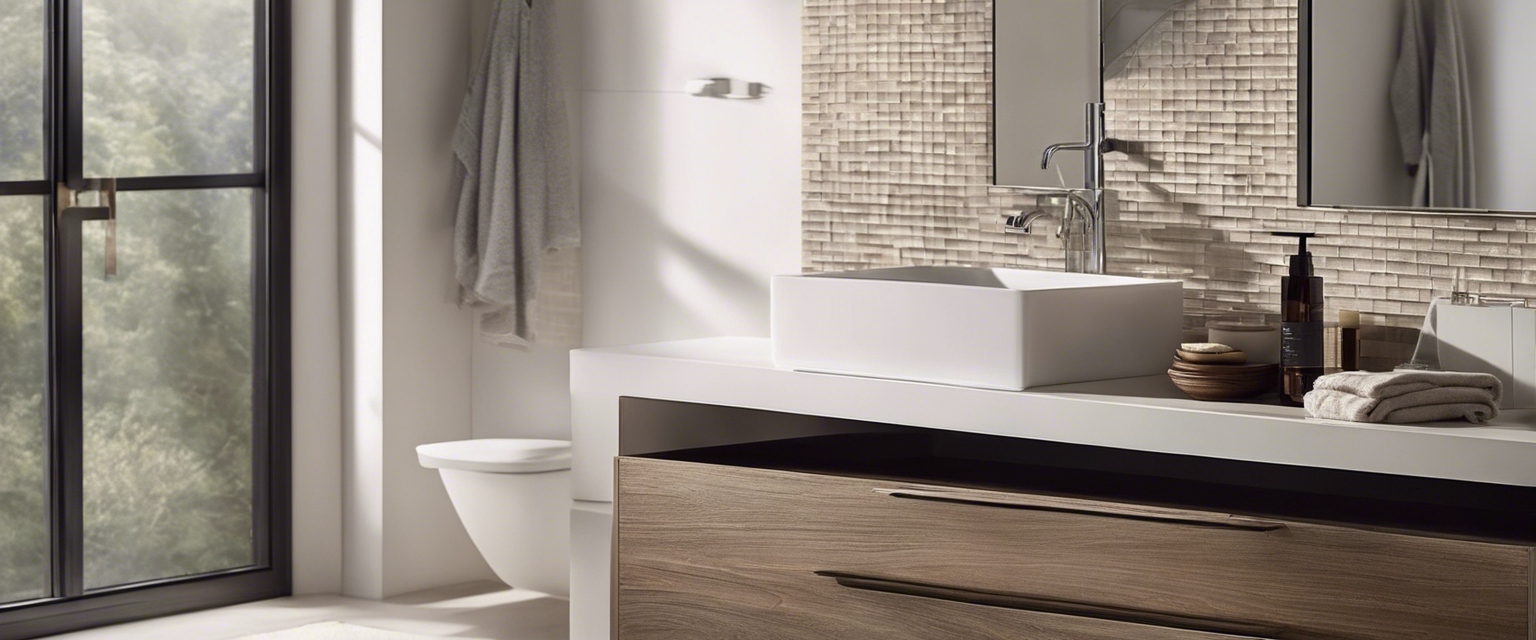The ultimate guide to eco-friendly bathroom design
As the world becomes increasingly aware of environmental issues, the concept of sustainability has become crucial in all aspects of design, including bathrooms. An eco-friendly bathroom not only conserves natural resources but also reduces utility bills and creates a healthier living environment.
Eco-friendly bathroom designs offer numerous benefits, including reduced water and energy consumption, lower maintenance costs, and improved indoor air quality. These designs also contribute to the overall aesthetic and value of a property.
Key Elements of Eco-Friendly Bathroom Design
Water efficiency is at the heart of eco-friendly bathroom design. This includes the use of low-flow toilets, faucets, and showerheads that significantly reduce water usage without compromising performance.
Energy-efficient lighting, such as LED bulbs, and ENERGY STAR-rated appliances can greatly reduce the bathroom's energy footprint.
Using sustainable materials like bamboo, recycled glass, or reclaimed wood for vanities, flooring, and other bathroom elements supports environmental conservation efforts.
Choosing paints and finishes with low or no volatile organic compounds (VOCs) improves indoor air quality and reduces exposure to harmful chemicals.
How to Create an Eco-Friendly Bathroom
Installing low-flow toilets and fixtures can save thousands of gallons of water annually, making a significant impact on water conservation.
Eco-friendly showers and baths can be designed to use less water and energy while still providing a luxurious experience.
Options for green flooring and walls include materials like recycled tiles, linoleum made from natural, renewable materials, and responsibly sourced stone.
Simple habits, such as turning off the tap while brushing teeth and fixing leaks promptly, can further enhance the bathroom's eco-friendliness.
Advanced Eco-Friendly Bathroom Technologies
Smart water monitors can track water usage and detect leaks, providing valuable data to help conserve water.
Greywater recycling systems reuse water from sinks and showers for toilet flushing or garden irrigation, reducing the demand for fresh water.
Composting toilets offer an innovative solution for waste management, converting human waste into compost that can be used to enrich soil.
Designing for Durability and Timelessness
Investing in durable materials ensures that bathroom elements last longer, reducing the need for frequent replacements and contributing to sustainability.
Adopting timeless design principles helps to create a bathroom that remains stylish and functional for years to come, avoiding the need for costly and resource-intensive renovations.
Integrating Eco-Friendly Bathroom Design in Various Settings
Eco-friendly bathroom design is not just for homes; it's also ideal for residential developments, where it can enhance property value and appeal to environmentally conscious buyers.
Hotels and other commercial clients can benefit from eco-friendly bathroom designs by reducing operational costs and appealing to eco-aware travelers.






Comments (0)